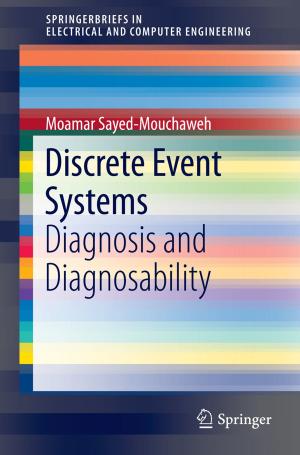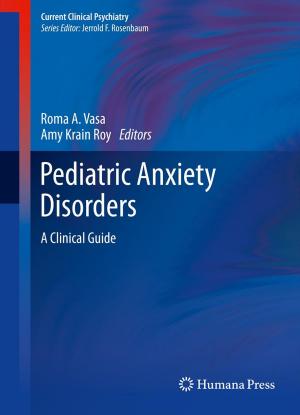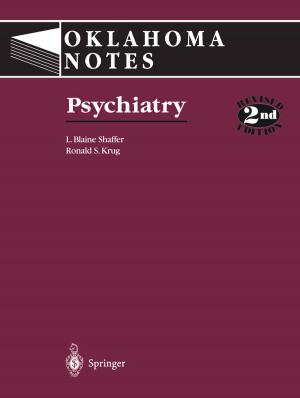Ethical Dilemmas in Pediatrics
A Case Study Approach
Nonfiction, Health & Well Being, Medical, Specialties, Pediatrics, Family & General Practice| Author: | Edwin N. Forman, Rosalind E. Ladd | ISBN: | 9781461391043 |
| Publisher: | Springer New York | Publication: | December 6, 2012 |
| Imprint: | Springer | Language: | English |
| Author: | Edwin N. Forman, Rosalind E. Ladd |
| ISBN: | 9781461391043 |
| Publisher: | Springer New York |
| Publication: | December 6, 2012 |
| Imprint: | Springer |
| Language: | English |
This book is addressed to all professionals concerned with the health care of children. It is, first and foremost, a teaching tool. It can be used for class discussion or case conferences with medical students or residents, nurses, and other staff in pediatrics or family medicine. It can also be used for self-teaching or continuing education by those already in practice. No one who reads this book is a beginner at moral reasoning. However, many may well be beginners at discussions that focus sharply on the ethical issues in medicine and introduce philosophical analysis. The goal is to clarify, conceptualize, and guide reasoning in order to come to conclusions that can be defended with good reasons. Case studies provide the most successful method of teaching medical ethics, posing the issues as they arise in real-life situations. The cases in this book are brief and rather skeletal in nature. This is partly to deflect the natural curiosity of those who are driven to seek more and more medical details, hoping thus to resolve the ethical issues or avoid them entirely. It also allows the reader to concentrate on one ethical issue at a time. In real life, of course, the hard questions arise often several at a time, embedded in a rich and complex medical and psychosocial background. As one must learn to walk before one can run, so it is wise to practice on cases where the key issue is highlighted.
This book is addressed to all professionals concerned with the health care of children. It is, first and foremost, a teaching tool. It can be used for class discussion or case conferences with medical students or residents, nurses, and other staff in pediatrics or family medicine. It can also be used for self-teaching or continuing education by those already in practice. No one who reads this book is a beginner at moral reasoning. However, many may well be beginners at discussions that focus sharply on the ethical issues in medicine and introduce philosophical analysis. The goal is to clarify, conceptualize, and guide reasoning in order to come to conclusions that can be defended with good reasons. Case studies provide the most successful method of teaching medical ethics, posing the issues as they arise in real-life situations. The cases in this book are brief and rather skeletal in nature. This is partly to deflect the natural curiosity of those who are driven to seek more and more medical details, hoping thus to resolve the ethical issues or avoid them entirely. It also allows the reader to concentrate on one ethical issue at a time. In real life, of course, the hard questions arise often several at a time, embedded in a rich and complex medical and psychosocial background. As one must learn to walk before one can run, so it is wise to practice on cases where the key issue is highlighted.















